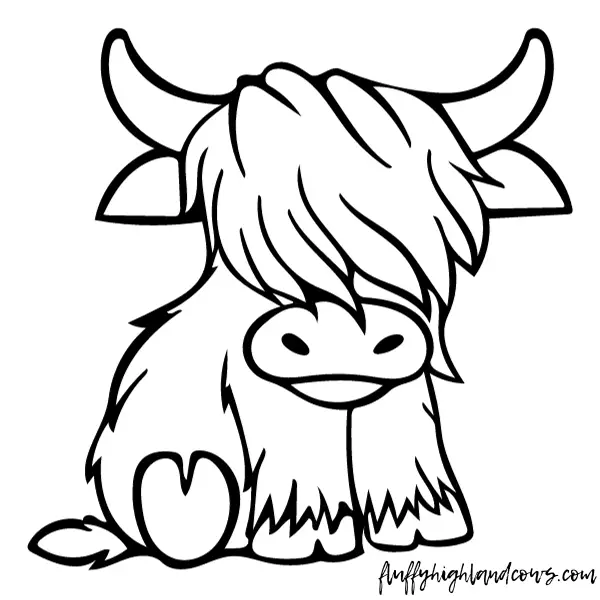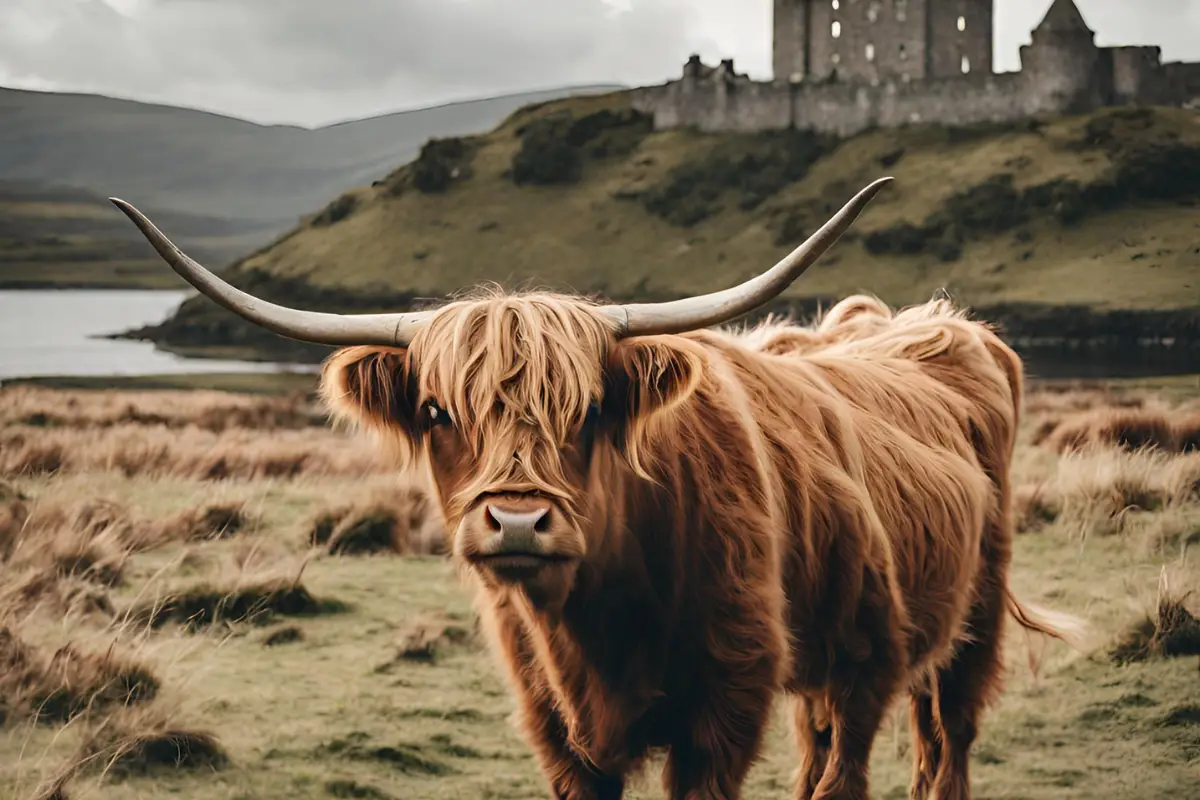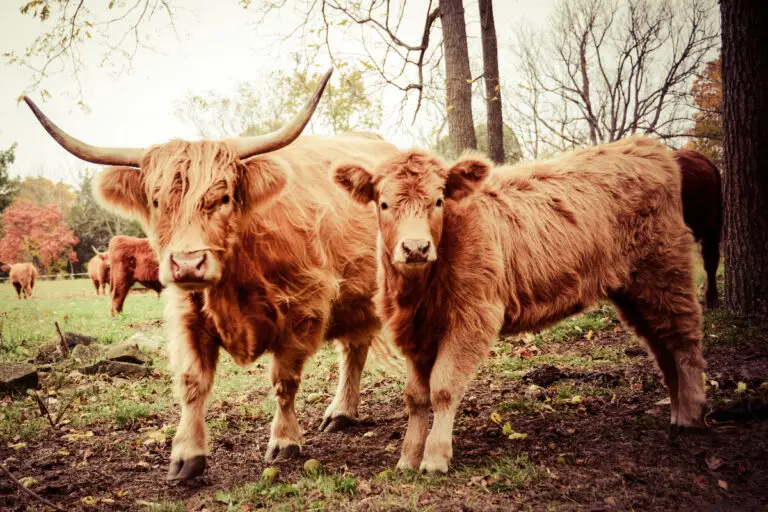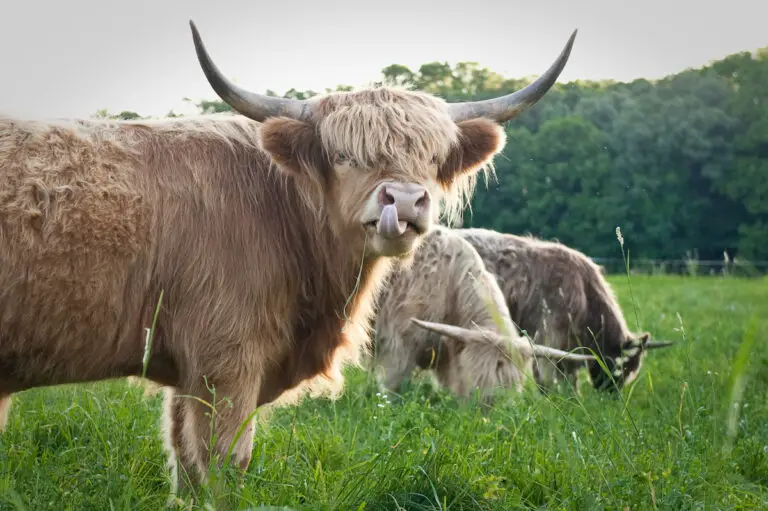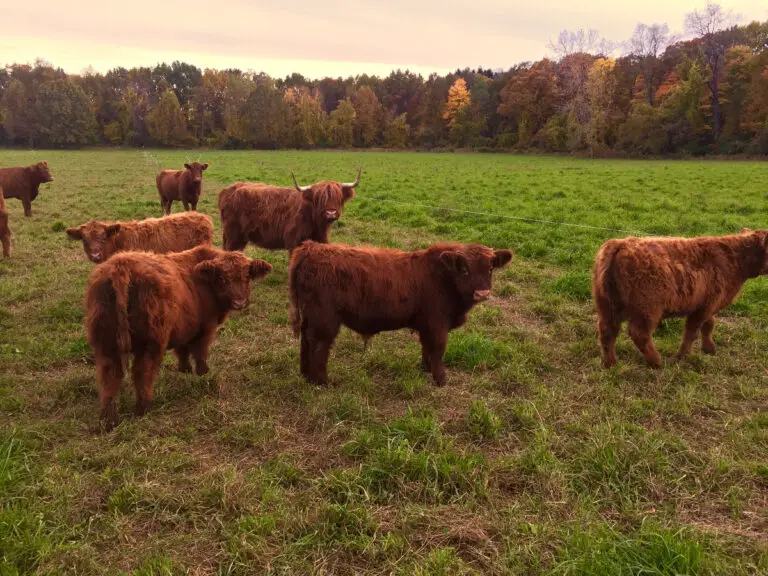Highland Cattle: The Majestic Breed of the Scottish Highlands
The Highland cattle, with their distinctive shaggy hair and long horns, are not just symbols of the Scottish Highlands’ breathtaking beauty, mystery, and romance but also represent a breed of great utility and productivity.
Originating from Scotland’s native cattle, the Highland breed is named after the region where it has thrived under the forces of natural selection. This breed stands out for its remarkable survival traits, including hardiness, maternal instincts, reproductive efficiency, and longevity, making it a resilient and valuable asset to the agricultural community.
Highland cattle are adept at surviving on rough forage and excel in cold, wet climates, sharing the Scottish beef breed lineage with the Galloway, Belted Galloway, and Angus, all of which are renowned for the superior quality of their beef. Despite the scant records of their early history, the Highland breed saw significant improvement and standardization in the 19th century, relying solely on selective breeding without any external genetic introductions.
Traditionally raised in the Highlands and the surrounding islands, these cattle, also known as kyloe cattle, were historically known for their ability to swim across straits, or “kyloes,” to reach mainland markets. The establishment of a herdbook in 1884 marked a pivotal moment in recognizing and formalizing the breed in Scotland and England.
The journey of Highland cattle to North America began in the 1880s, with continued importations throughout the 20th century. Although the breed has always enjoyed a dedicated following, particularly in the northern United States and Canada, it has only recently surged in popularity.
One of the breed’s notable strengths is its exceptional foraging ability, capable of consuming a variety of pest plants alongside grass, thereby playing a crucial role in pasture improvement. In Europe, Highland cattle are valued as “light grazers,” capable of managing and enhancing marginal lands without the adverse effects associated with heavier breeds.
Highland cattle are of medium size, with cows typically weighing between 900 to 1,300 pounds and bulls ranging from 1,500 to 2,000 pounds. Their coats, most commonly a light red, can also exhibit a range of solid colors, including black, brindle, cream, dun, red, and white. The breed’s horns are a distinctive feature, with cow horns sweeping outwards and upwards, and bull horns extending horizontally with upturned tips.
By 2019, the breed had achieved significant growth, with more than 1,000 annual registrations in the United States and a global population exceeding 25,000 animals. This milestone led to Highland cattle graduating from the Livestock Conservancy’s Conservation Priority List.
Particularly favored in the northern United States and Scandinavian countries, Highland cattle have become a focal point for agritourism, drawing attention and interest from visitors far and wide. Beyond their visual appeal, Highland cattle have emerged as an invaluable resource for beef production in challenging landscapes and as key players in conservation grazing efforts.
Their reputation as hardy producers of high-quality beef has solidified their place as productive partners in range management worldwide. The breed’s success and expansion are a testament to the effective promotion and registration efforts by breed associations, ensuring Highland cattle continue to leave a lasting impact on agriculture and conservation.
